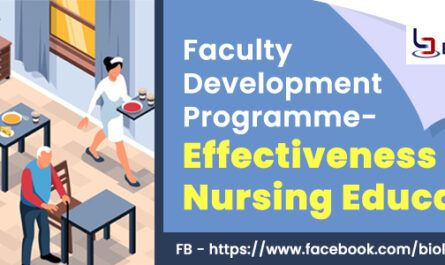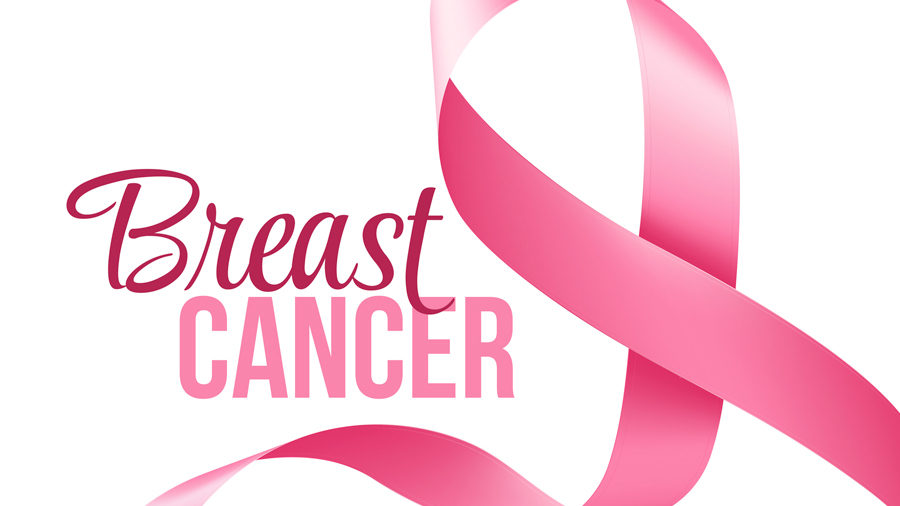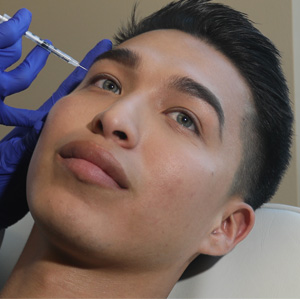Neurology and Neuroscience are phenomenally captivating fields and domains in which groundbreaking technological advancements have been emerging at an accelerated pace. Over the past few years solely, technological advancements such as ‘neurostimulation‘ have benefited those who are paralyzed by helping them walk again, and progress is being made to utilize comparable technology to provide a tangible response to those utilizing prosthetics, without experiencing any pain. In this manner, technological devices can also support the way the brain operates. On the opposite end, researchers have lately produced mind-controlled mechanical arms that can crack which decisions are aimed at it, and complete the duty the user is imagining, enabling the brain to command the device. Apart from machines, there is additionally compelling examination being carried out into substances that can assist in directing neurological impairment and diseases. One instance of this commitment involves merging graphene with a neurological membrane, in which a panel of graphene can enhance neuronal response, enhancing reception for the subject.
In all, there are loads of engaging neurological and neuroscientific technologies to keep a record of and a host of conferences and events that can assist in this search. One of these events is the upcoming conference World Congress of Neurology 2020 in Malaysia. Numerous committees at the upcoming international conference in Malaysia will focus on a range of topics detailed below and more. This forthcoming Neurology Conference 2020 in Malaysia, which is being organized by the highly reputable organization Bioleagues Worldwide, will act as the perfect springboard for discussion on numerous developments and technological advancements taking place in the fields of Neurology and Neuroscience. The best way to discover more about the technologies would be to gather profound shrewdness and foresight from lecturers and spokespeople who will be featured at this World Congress of Neurology in Kuala Lumpur.
- Revolutionary Non-Invasive Tech
All advancements in neuroscientific technology beget spatial and ephemeral resolves that represent the neurophysiological framework segments they can consider. In the past, the extensive bulk of specialized in situ capacity of restricted fabrications in the brain was extracted from practice on mammals contained with electric stopwatches, and scalp superficies plates or was presupposed from correspondence examinations of trauma/diagnostics utilizing psychiatric trials. The initiation of noninvasive technologies has extended the extent and intensity of reflections of natural brain capacity and supported the growth of neural computation methods that are noninvasive, to analyze the way the brain functions.
- Transformative Treatments For Alzheimer’s Disease
A range of treatments for the advanced analysis and therapy of Alzheimer’s condition are beginning to be developed that possess the capability to recognize and control Alzheimer’s disease far before indications reveal themselves. This includes innovative remedies to decrease the levels of amyloid in the brain and blood analyses to identify relevant biomarkers. With the anticipated increase in Alzheimer’s problems in the future, advanced mediation will present the most exceptional possibility of preventing or inverting illness change.
- Advanced Brain Restorative & Remedial Stem Cell Therapies
The application of stem cells as a sort of replacement or shielding treatment for neurodegenerative disorders signifies an encouraging therapy opportunity for ailments including ALS (Amyotrophic Lateral Sclerosis), multiple sclerosis, Alzheimer’s disease, as well as Parkinson’s disease. Presently, every one of these ailments necessitates efficient treatments. The forthcoming World Neurology Congress in Kuala Lumpur is the perfect place for you to learn more about these advanced therapies.
- Miniature Organoid Brains
Modern three-dimensionally developed organoids that specialists are generating from petiole microorganisms develop utilitarian neurons, distinguished bands of the cortex, and different structure that simulates the original variant. The technology for producing organoids used for brain function is developing extremely fast. Researchers have succeeded in kick-starting the method and are designing brain organoids in just a matter of weeks, instead of months. Those obtained from the stem cells of subjects with acquired psychiatric ailments including schizophrenia hope to expose what goes obverse in those subjects’ intellectual evolution, however, what the community is actually expecting are two technological advancements. One is providing the organoids a plasma stock, through a method known as vascularization, which could enable organoids to develop much greater than their contemporary size, possibly maturing into a full-blown brain developing in a saucer. Another progress receiving considerable attention in groups engaged in the study of brain organoid is providing another conscious input, presumably through a retina. This could, hypothetically, present these organoids with responses and actions.
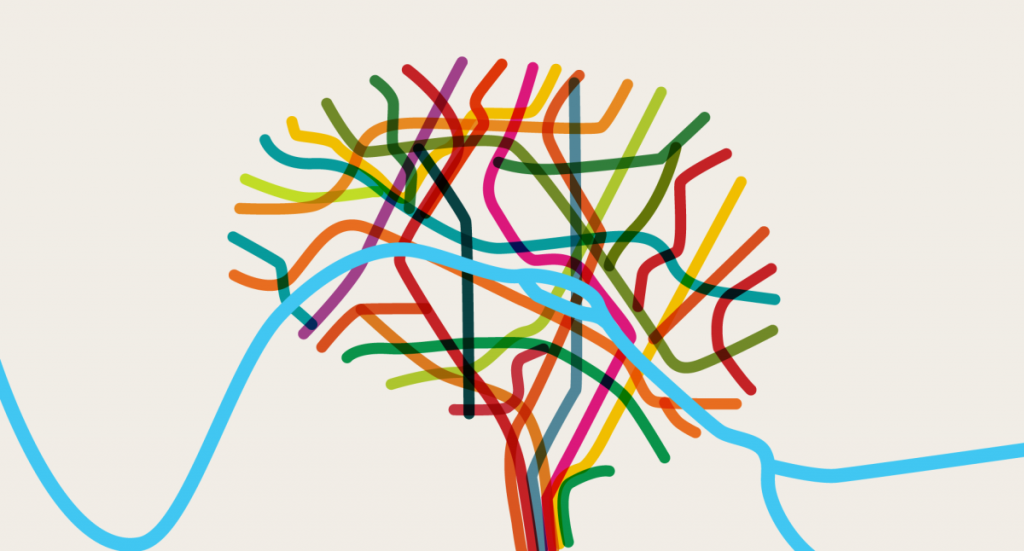
- Highly Advanced Brain Prosthetics
Implantable broadcast brain mechanisms are being investigated as a method of reducing distress, post-traumatic anxiety dysfunction, bipolar dysfunction, and traumatic head damage, as well as curing progress in those with sharp material conditions. These designs portray an inclination pointing to neural construction, which endeavors to manage brain signs in order to handle neurological conditions and diseases. Complete your Neurology Conference registration 2020 right away, to stand a chance to learn more about these advanced prosthetics.
- Advanced Mediation for Psychiatric Ailments
A mixture of different treatments exhibits hope for the therapy of critical immune distress, such as ketamine, pharmaceutical propellants, and low-field irresistible stimulation treatment. These treatments offer an occasion for accelerated stabilization and therapy for many of the most obvious and serious psychiatric dysfunctions.
- The Effectiveness Of Concentrated Ultrasound
Intracranial MRI-operated concentrated ultrasound and directed treatments in combination with microbubbles enable practitioners to mark muscles buried inside the body by the application of deep streams, in contrast to surgeries and transmission. Concentrated ultrasound techniques have the capacity to transform the therapy of ailments such as cerebrum melanoma and Alzheimer’s disease via its capacity for higher accuracy and faster patient rehabilitation. The upcoming Pediatric Neurology Conference in Kuala Lumpur will go into detail on the power of concentrated ultrasound therapies.
- Modern, Less Intrusive Brain Probing Mechanisms
These advanced, less-intrusive, neuropixel explorations allow detection of the movement of numerous neurons concurrently at a stage of analysis which was impossible earlier. This greater resolve allows experts to fully monitor brain organization movement, differentiating among unique cells and methods within a group. These inquiries will be utilized by research laboratories across the globe to support their studies on choice construction.
- Advancements Being Made In Brain Biomarker Tech
Excellent demonstrative tools are enabling researchers to recognize biomarkers for several psychiatric and neurodegenerative diseases in plasma, spinal solution, and brain-imaging models. The classification of biomarkers for certain conditions will guarantee the improvement of more efficient indicative and therapy procedures in the years to come. Learn more about these advancements at the highly anticipated Neurology Conference 2020 which is set to take place in Malaysia.
- Modern Facets Of Gene Therapy
Numerous clinical experiments have exhibited encouraging outcomes with respect to the effectiveness of gene therapy in treating neurological diseases, boosting the probability of its appropriation in the hospital. Gene therapy treatments could be utilized to reinstate or negate ailment-causing genes for a broad spectrum of CNS (central nervous system) disorders, such as Epilepsy, ALS and Parkinson’s disease. To discover more about the advancements being made in gene therapy sign up for the upcoming International Conference on Neurology in Malaysia, immediately!
- Cellular Interference Utilizing Less Intrusive Tech
Advanced imaging methods like CT Scans, MRI scans, PET Scans, and ultrasound, have made it possible for neurosurgeons to nonintrusively position operational objectives and differentiate between cancerous and innocuous muscle, which will offer support for less intrusive, image-operated neurosurgical access to the brain. Conventional brain operation procedures will be substituted by cellular mediations varying from modifications in brain circuits to DNA alterations and the institution of mutated infections.
- Therapeutics For Huntington’s Disease
Researchers from a world-renowned research facility recently revealed their conclusions of an antisense oligonucleotide therapy that they have been experimenting on for those who suffer from Huntington’s disease. They revealed the medication was effective and effortlessly endured, indicating it can go ahead into additional experiments in subjects.
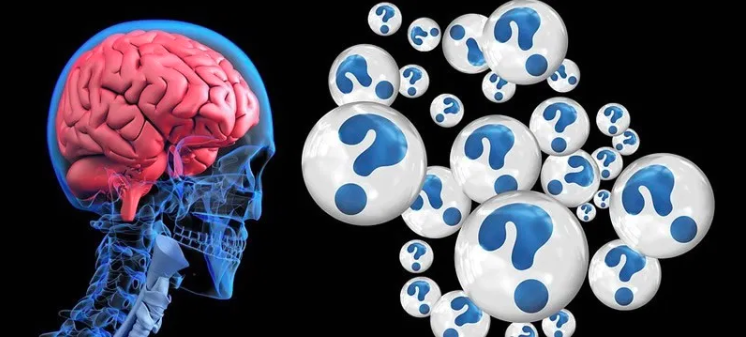
- Promising Neuromodulation Techniques For Brain Trauma Rehabilitation
Non-pharmaceutical, less intrusive therapies varying from oscillations of current to light are under development for the therapy of an extensive variety of psychiatric and neurological disorders. Electroceuticals, otherwise referred to as less-powered electric machines installed on the skin or embedded, could be utilized to handle complications ranging from distress and condition ailments to Parkinson’s condition, whilst less-electric intracranial straight-current engaging could be utilized to approach recurring anxiety, despair, and schizophrenia.
- Resistant Checkpoint Inhibitors for Cerebrum Melanoma
Advanced resistant checkpoint inhibitors tackle the development of harmful proteins that cerebrum melanoma cells utilize to avoid identification by the protected regularity, promoting the body’s resistant reply toward the melanoma blocks. Given the inferior diagnosis for subjects with glioblastoma and different sorts of cerebrum melanoma, such modern immunotherapies can transpose into life-saving treatments in the years to come.
- Neuroimaging for Neurodegenerative and Psychiatric Disorders
High-level neuroimaging procedures proceed to develop upon current understanding of brain operations and associated neurological disorders. Highly advanced experimentation enterprises guarantee to generate helpful shrewdness into the origin and progression of these conditions, as well as unique possibilities for therapy. Find out more at the highly awaited Neurology Symposium which will take place in Kuala Lumpur in 2020.
- Identifying & Healing Neurodegenerative Disorders Via The Microbiome
Researchers are investigating over three million genes of the microbiome to recognize interconnections among stomach microfloral compounds as well as additional neurological and psychiatric disorders such as Parkinson’s disease and multiple sclerosis. The forthcoming Neurology meeting in Malaysia, in 2020, will shed more light on the neurological issues and their relation to the human microbiome. Beginning with epigenetics and cultural neuroscience, experimental efforts are pointing the door to a unique, augmentative conclusion of the neural underpinnings of complicated diseases and subconscious elements. These advancements in neuroscience declare an encouraging age for deciphering fundamental consciousness into effective mechanisms to enhance the cultural situation. Looking forward to attending International Neurology conferences 2020, then perhaps you should enroll at the Neurology Conference in Malaysia 2020, where you can discover more about all the topics mentioned above and more.


